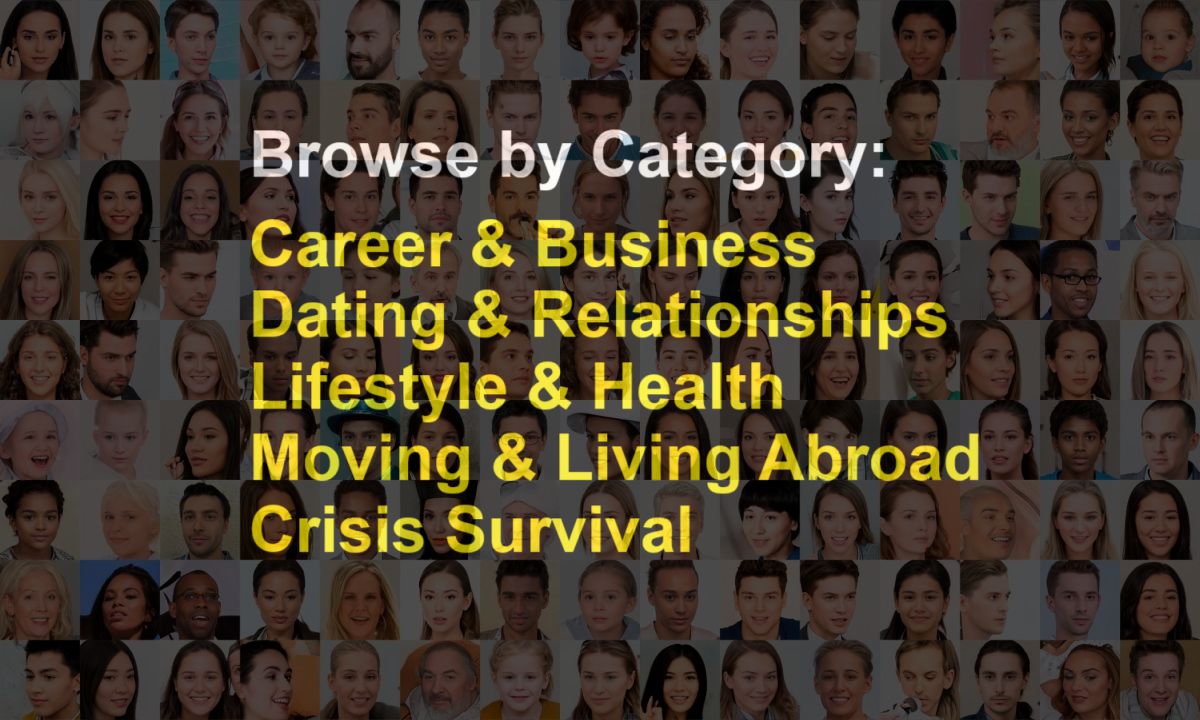The crisis of homelessness in the United States and many other countries is a complex and growing issue. According to the United States Department of Housing and Urban Development (HUD), on a single night in January 2020, there were approximately 580,466 people experiencing homelessness in America (HUD, 2020). This number includes individuals and families who are living in emergency shelters, transitional housing programs, and those who are sleeping rough, or unsheltered, on the streets, in vehicles, or in other places not meant for human habitation. The COVID-19 pandemic has only exacerbated the issue, with job losses, housing instability, and health concerns contributing to an increased number of people facing homelessness.
This comprehensive guide, Surviving to Thriving: A Comprehensive Guide to Managing Homelessness and Rebuilding Your Life, is designed to provide practical and actionable strategies for individuals and families who are experiencing homelessness, as well as for service providers, advocates, and policymakers working to address the issue. The guide covers a wide range of topics, including immediate survival needs, mental and emotional challenges, financial recovery, and unique challenges faced by various demographics.
Understanding the Crisis: What It Means to Face Homelessness
Homelessness is a complex issue that intersects with various factors, such as poverty, housing affordability, unemployment, mental health, substance abuse, and domestic violence. People who experience homelessness often face a myriad of challenges, including lack of access to basic needs like food, shelter, and healthcare, as well as social stigma, discrimination, and a constant struggle for survival.
The consequences of homelessness can be severe and long-lasting. Homelessness can lead to physical and mental health issues, decreased life expectancy, and difficulty re-entering the workforce and securing stable housing. For children and youth who experience homelessness, it can have a profound impact on their education, social development, and overall well-being.
Who This Book Is For
This guide is primarily written for individuals and families who are currently experiencing homelessness or are at risk of becoming homeless. It is designed to empower and equip them with the knowledge and tools they need to navigate their unique circumstances and work towards rebuilding their lives.
Additionally, Surviving to Thriving can serve as a valuable resource for service providers, social workers, case managers, and other professionals working with people experiencing homelessness. By understanding the complexities of homelessness and the various challenges faced by individuals and families, these professionals can better support and advocate for their clients.
Finally, this guide can also be a helpful tool for policymakers, advocates, and concerned citizens who are committed to addressing the crisis of homelessness in their communities. By understanding the root causes, consequences, and potential solutions, these stakeholders can work towards creating more equitable and supportive systems that prevent and alleviate homelessness.
How to Use This Guide
This comprehensive guide is divided into five parts, each focusing on a different aspect of managing homelessness and rebuilding one’s life:
- Physical Survival: Shelter and Basic Needs
- Mental and Emotional Challenges
- Financial Recovery: Pathways to Stability
- Unique Challenges: Different Situations, Different Solutions
- Rebuilding and Moving Forward
Each chapter provides detailed information, practical strategies, and resources to help individuals and families navigate their unique circumstances. The guide can be read cover-to-cover or used as a reference manual, with readers able to jump to the sections that are most relevant to their needs.
Throughout the guide, real-life stories, examples, and case studies are used to illustrate key concepts and strategies, as well as to provide inspiration and hope. Additionally, each chapter concludes with a list of resources, including helplines, shelters, job programs, and other support services.
By understanding the complexities of homelessness and the various challenges faced by individuals and families, this guide aims to empower and equip those experiencing homelessness with the knowledge and tools they need to survive, thrive, and rebuild their lives. Together, we can work towards a more just and equitable society where everyone has access to safe, affordable, and supportive housing.
Table of Contents (with page numbers)
Introduction: Surviving to Thriving…..6
Part 1: Physical Survival – Shelter and Basic Needs…..8
Chapter 1: Immediate Shelter Options…..8
Emergency Shelters: Pros, Cons, and What to Expect…..8
Warming/Cooling Centers: Seasonal Survival…..9
Chapter 2: Short-Term Housing Solutions…..11
Couchsurfing & Staying with Friends/Family: Managing Relationships…..11
Motels & Cheap Rentals: Budgeting for Short-Term Stays…..11
Vehicle Living: Cars, RVs, and Van Life – Making It Work…..12
Chapter 3: Long-Term Housing Strategies…..13
Transitional Housing Programs:…..13
Government Housing Assistance (Section 8, HUD, etc.):…..13
Tiny Homes & Alternative Housing Solutions:…..14
Chapter 4: Health and Hygiene…..15
Accessing Showers, Laundry, and Hygiene Facilities…..15
Free and Low-Cost Medical Care…..15
Managing Chronic Illness While Homeless…..15
Part 2: Mental and Emotional Challenges…..17
Chapter 5: Psychological Impact of Homelessness…..17
Common Mental Health Struggles:…..17
Coping with Shame, Stigma, and Social Isolation:…..18
Navigating these challenges requires a multi-pronged approach:…..18
Chapter 6: Strategies for Mental Resilience…..19
Mindfulness and Grounding Techniques:…..19
Building a Support Network:…..19
Overcoming Substance Abuse and Addiction:…..20
Chapter 7: Maintaining Hope and Motivation…..21
Setting Small, Achievable Goals:…..21
Journaling and Self-Reflection Exercises:…..21
Success Stories: People Who Recovered From Homelessness:…..21
Beyond the Goals: Cultivating Inner Strength…..22
Part 3: Financial Recovery – Pathways to Stability…..23
Chapter 8: Immediate Income Strategies…..23
I. Day Labor, Gig Work, and Side Hustles:…..24
II. Selling Items, Flipping, and Creative Income Streams:…..24
III. Navigating Challenges and Maximizing Income:…..24
Chapter 9: Employment and Career Rebuilding…..26
How to Job Hunt Without a Permanent Address:…..26
Resume Tips for Gaps in Employment:…..26
Free Job Training and Skill-Building Programs:…..27
Chapter 10: Financial Assistance and Grants…..28
Government Aid: A Safety Net for Essential Needs…..28
Navigating the Application Process:…..28
Nonprofit and Faith-Based Assistance Programs:…..28
A Note of Caution:…..29
Chapter 11: Entrepreneurship and Long-Term Financial Stability…..30
Microbusiness Ideas for Those Rebuilding:…..30
Grants and Loans for Low-Income Entrepreneurs:…..30
Rebuilding Credit After Homelessness:…..31
Navigating the Challenges:…..31
Part 4: Unique Challenges – Different Situations, Different Solutions…..32
Chapter 12: Families Facing Homelessness…..32
Keeping Children Safe and in School:…..32
Family Shelters vs. Individual Shelters:…..33
Government Programs Specifically for Families:…..33
Beyond the Basics:…..33
Chapter 13: Gender-Specific Challenges…..34
Women: Safety, Domestic Violence, and Shelters…..34
Men: Accessing Resources Amid Societal Expectations…..34
LGBTQ+ Individuals: Finding Safe and Inclusive Support…..35
Chapter 14: Age-Related Challenges…..36
Youth Homelessness: Navigating a Turbulent Transition…..36
Resources for Youth:…..36
Seniors and Homelessness: A Double Burden…..36
Resources for Seniors:…..37
Part 5: Rebuilding and Moving Forward…..38
Chapter 15: Exiting Homelessness – Step-by-Step Plans…..38
I. Short-Term (30-Day Survival Plan): Focus – Immediate Needs & Safety…..38
II. Medium-Term (6-Month Rebuilding Plan): Focus – Financial Stability & Skill Development…..39
III. Long-Term (Permanent Stability): Focus – Sustainable Living & Prevention…..39
Chapter 16: Preventing Future Homelessness…..41
Chapter 17: Advocacy and Community Support…..43
How to Help Others Facing Homelessness:…..43
Getting Involved in Policy Change:…..43
Conclusion: You Are Not Alone: Words of Encouragement and a Path Forward…..45
eBook Download
You will be provided with the link to download this book when you have completed the purchase below.
Book Reviews
Review 1
Reviewer: Dr. Rebecca Morgan, Social Worker & Homelessness Advocate
“Surviving to Thriving: A Comprehensive Guide to Managing Homelessness and Rebuilding Your Life” is one of the most thorough and compassionate resources I’ve encountered in my 15 years of social work. This book doesn’t just offer vague advice—it provides step-by-step survival strategies for every stage of homelessness, from immediate shelter options to long-term financial recovery.
What sets this guide apart is its unflinching honesty. It doesn’t sugarcoat the harsh realities of living in shelters, sleeping rough, or navigating bureaucratic aid systems. Instead, it equips readers with practical knowledge, such as how to access free medical care, find safe short-term housing, and even start a microbusiness with no capital.
The sections on mental resilience are particularly powerful. Homelessness is not just a physical crisis—it’s an emotional and psychological battle. The book offers real, actionable techniques for managing depression, shame, and isolation, alongside inspiring success stories that prove recovery is possible.
For social workers, nonprofits, and individuals facing homelessness, this book should be required reading. It’s more than a guide—it’s a lifeline.
Review 2
Reviewer: Malcolm Weiss, Formerly Homeless Entrepreneur & Speaker
As someone who has lived through homelessness, I can confidently say that “Surviving to Thriving” is the most comprehensive, no-nonsense survival manual I wish I’d had when I was sleeping in my car. This book doesn’t just theorize—it delivers hard facts, real options, and battle-tested strategies for climbing out of the abyss.
The housing breakdown alone is worth the price. The author doesn’t just list shelters—they explain which ones are safest, how to avoid dangerous situations, and even how to make vehicle living work if no other options exist. The financial recovery section is equally invaluable, covering side hustles, resume gaps, and credit repair in a way that’s clear and empowering.
What truly stands out is the focus on different demographics. Families, women escaping abuse, LGBTQ+ individuals, seniors, and at-risk youth all face unique struggles, and this book addresses each with specific, tailored advice.
Most importantly, it never talks down to the reader. Instead, it offers hope without false promises, practical steps without pity, and a realistic path forward. If you or someone you know is facing homelessness, this book could mean the difference between despair and survival.
A must-read for anyone on the edge—or those who want to help.









